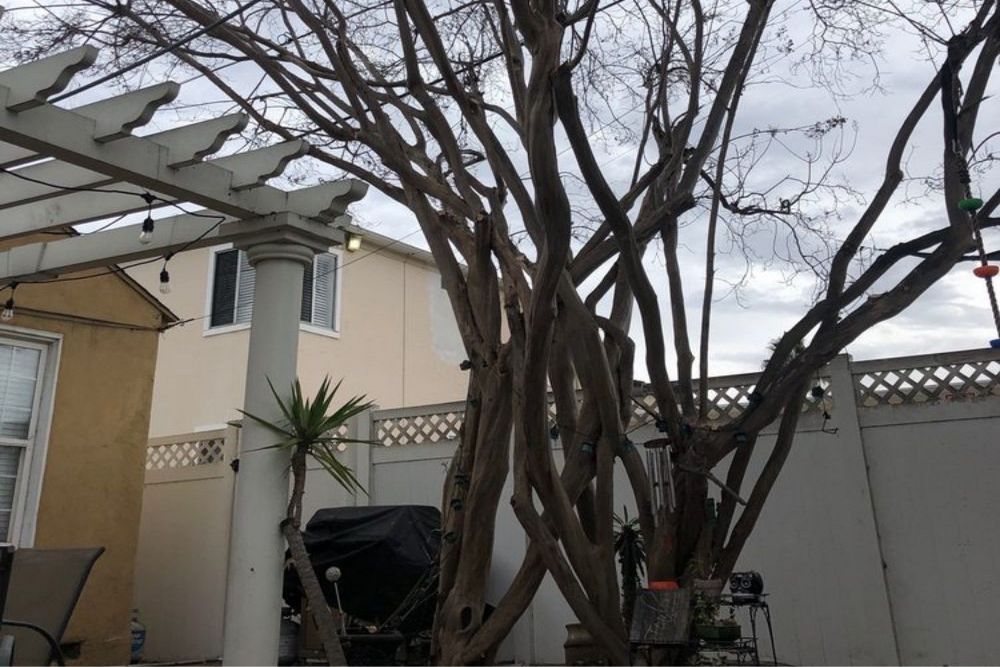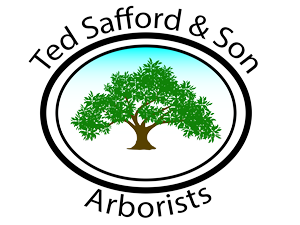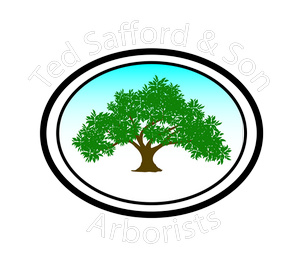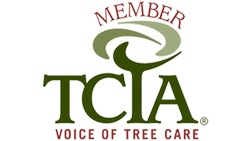How to Recognize When a Tree Is Diseased or Dying
How to Recognize When a Tree Is Diseased or Dying
Trees are a significant part of your landscape, offering beauty, shade, and environmental benefits.

Trees are a significant part of your landscape, offering beauty, shade, and environmental benefits. However, over time, trees can become unhealthy or diseased, posing safety hazards and resulting in costly damage to your property. It’s essential to identify when a tree is struggling so you can take the proper steps to manage the issue before it becomes a bigger problem. Understanding the signs that a tree is diseased or dying can help you make informed decisions about care or removal.
Look for Visible Damage on the Tree’s Bark
The bark is one of the first places you can notice signs of disease or decline in a tree. Healthy trees typically have smooth, firm bark that protects the inner layers of the tree from pests and adverse weather conditions. If you notice cracks, holes, or peeling bark, it could be a sign that something is wrong. Fungal growth on the bark is also a red flag, as certain types of fungus can damage the tree’s vascular system, impairing its ability to transport nutrients. If the bark is missing or damaged in large sections, it’s time to consult an arborist to determine the tree’s health.
Leaves or Needles Showing Unusual Color or Falling Prematurely
Another indicator of tree stress is the condition of the leaves or needles. Trees that are struggling with disease often display discolored or wilting leaves. For deciduous trees, you might notice that the leaves turn yellow or brown much earlier than usual in the season, or they may even fall off prematurely. Evergreen trees may exhibit yellowing or brown needles that dry up and drop off. If your tree exhibits these symptoms, it may be experiencing a variety of issues, ranging from root damage to infections that affect nutrient uptake.
Weak or Dead Branches
One of the most apparent signs of a tree in trouble is the presence of dead or weak branches. If branches break easily or show no signs of new growth, it could indicate poor health or disease. When trees are diseased or dying, they often prioritize sending nutrients to their strongest branches, leaving weaker ones to deteriorate and die. If you notice significant dieback on any branches, especially on the outer portions of the tree, this could be a sign that the tree’s health is in severe decline. Removing dead or weak branches is essential for safety; however, if the tree is severely damaged, it may need to be removed entirely.
A Sudden Increase in Pest Activity
When trees are weakened by disease or stress, they become more susceptible to pests. A sudden increase in the number of insects or pests on the tree is a key indicator that it’s struggling. Insects such as bark beetles, aphids, or termites can cause damage to the tree’s structure and even lead to its death. If you notice an unusual presence of pests or pests that seem to be targeting a specific area of the tree, it may be a sign that the tree’s natural defenses are failing. It’s crucial to address the pest problem promptly to avoid further damage.
What to Do if You Suspect a Diseased or Dying Tree
If you recognize any of these signs in your tree, it’s essential to act quickly to assess the situation. A certified arborist can help you determine whether the tree is diseased, dying, or experiencing stress due to environmental factors. Proper care, such as pruning dead branches, applying treatments, or removing the tree entirely, can prevent further damage to your landscape and protect your home. Don’t hesitate to call in an expert to evaluate your trees and make recommendations for care or removal. Taking action early can prevent larger problems down the road.
Take Action for Your Tree’s Health
Recognizing when a tree is diseased or dying is key to maintaining a safe and beautiful yard. By watching for symptoms such as damaged bark, discolored leaves, dead branches, and pests, you can catch problems early and take the proper steps to manage the tree’s health. If you’re concerned about the well-being of your trees, contact Ted Safford & Son Arborists today. Our certified experts are ready to assess your trees and provide solutions to keep your landscape thriving. Contact us at (858) 692-2294 for expert advice and services.




